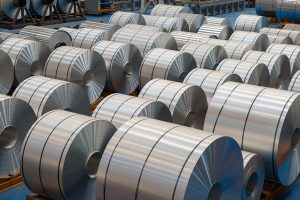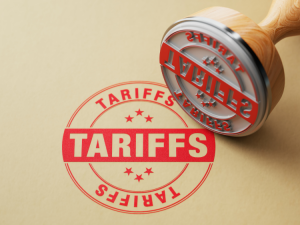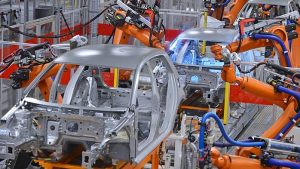
Hydro's Q3 results show stable output but volatile margins
The results show Hydro holding its operational footing even as profitability becomes harder to predict as margins swing sharply year over year, and even quarter to quarter.

The results show Hydro holding its operational footing even as profitability becomes harder to predict as margins swing sharply year over year, and even quarter to quarter.

Ford executives said the automaker expects aluminum supplier Novelis to restart its fire-damaged Oswego, NY hot mill by late November or early December.

MetalX's proposed $250 million aluminum recycling and slab-rolling plant in Ohio has been shelved, with the site now listed for sale confirming the project will not proceed.

“We will see how things go over the next six to eight months or so, but there is definitely growth opportunity there," CEO says.

EGA-Spectro Alloys has begun the second phase of its Rosemount, Minnesota expansion, adding a second wave of billet-casting capacity to the facility that began producing billets earlier this year.

The first installment explores how trade groups representing extruders and die casters are pressing to expand Section 232’s coverage.

Novelis has declared force majeure on automotive, beverage and container stock shipments.

Arconic's Davenport expansion has doubled its high-purity aluminum capacity, a development that fills part of the void left by Century's idled Hawesville smelter and an opaque import market.

The long-delayed Concord facility marks Ball's return to the Carolinas and highlights a broader shift in beverage can demand, with energy drinks and specialty drinks driving growth as supply chains and consumer preferences evolve in tandem.

Novelis' Oswego mill fire has sidelined the largest producer of automotive body and structural sheet in North America, disrupting a closed-loop scrap system and removing over half of regional BIW/closures sheet supply, with limited options for domestic backfill and costly import alternatives.